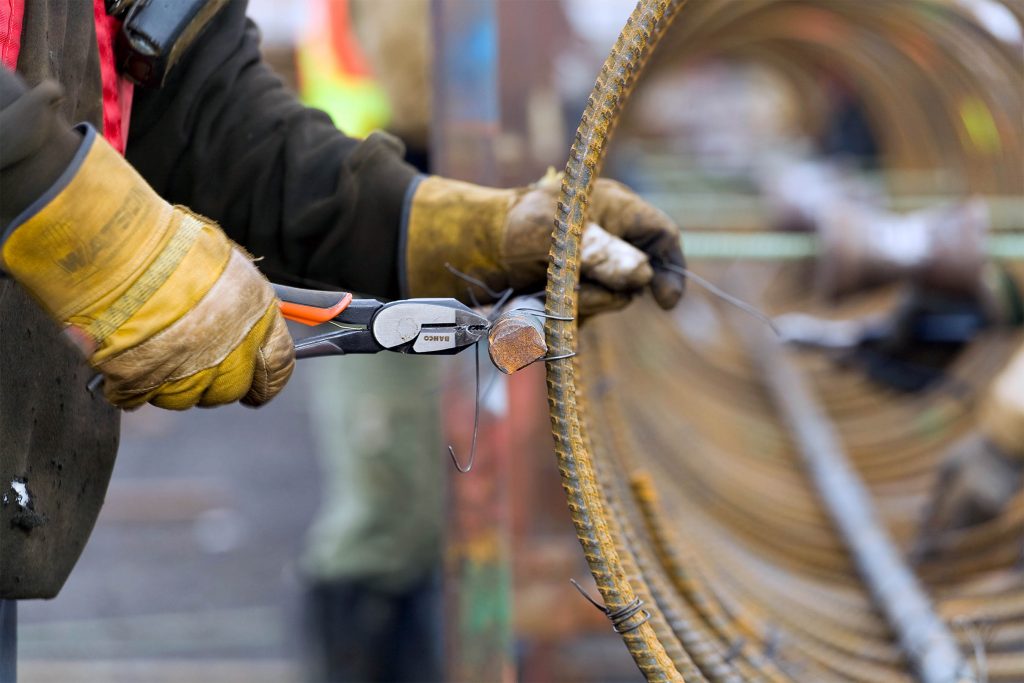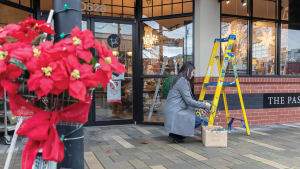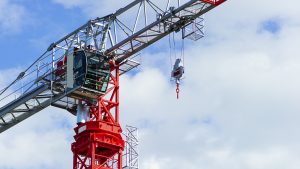The injury rate in B.C.’s construction industry has slowly been decreasing in recent years, but it doesn’t give health and safety professionals reason to cheer.
That’s because the chance of a worker being injured in the industry was still three times higher than the average in all other industry sectors in B.C.
Falls from heights are the leading cause of injuries, with more than 2,000 injuries reported in a five-year span through 2016. Twenty-two workers died from falls.
Those statistics don’t sit well with WorkSafeBC which has implemented a three-year comprehensive strategy to tackle the problem head on starting this year.
The plan — 2018-2020 Construction High Risk Strategy — calls for 5,000 “unique site inspections” annually, health and safety workshops and collaboration with industry partners in an effort to cut unsafe practices.
“It is by sheer volume our largest strategy, with the most officers dealing with the most workers exposed,” says Dan Strand, director of prevention field services for WorkSafeBC.
He says much of WorkSafeBC’s work involves responding to incident reports. The objective of the multi-prong strategy is to get onsite before incidents happen, rather than after.
“We have to abide by our prime directive which is responding to these serious injuries, but at the same time, to prevent them you want to get out in front of them,” he says.
While construction is B.C.’s largest industry and therefore exposes the most workers to incidents, Strand says brisk construction activity, particularly in the Lower Mainland, is increasing the risk of injuries.
“Frankly, we’re seeing not just more workers but more new workers which is another aspect to be aware of,” he adds.
To meet the three-year plan’s objective, WorkSafeBC will hire about 40 additional inspectors this year, bringing its total up to 308.
Small residential contractors are among the leaders in injuries and the roofing sector stands out for claims caused by falls, often resulting from workers without proper fall protection, says Strand. Complacency is often at the root of the problem, he says, noting repeat offenders are subject to fines based on their payroll.
He says frequently inspectors determine that injuries could have been prevented if safety planning and policies were in place and workers were supervised.
“If you (owners and supervisors) are not regularly inspecting your site, having those toolbox talks and making safety a priority…problems can arise,” he says.
When safety planning is absent, WorkSafeBC will write orders, requiring contractors to take steps towards a “sustainable” safety approach.
The biggest problem on many construction sites is unsafe ladder use, says Strand, which occurs daily in the workplace.
WorkSafeBC’s strategy calls for inspections on any work from elevation, including scaffolding and mobile work platforms.
Another concern is asbestos exposure.
From 2007-2016, 606 workers died in B.C. from diseases related to asbestos exposure. Recognizing this, WorkSafeBC has developed initiatives tailored to demolition and rehabilitation work in the residential and ICI sectors.
While workers may have been at greater risk of exposure to asbestos decades ago, Strand says exposure risks can still be significant.
In the commercial sector, for example, worker exposure can result because of “dated” building assessments or company asbestos management programs “that are a bit shaky.”
While large demolition jobs on public projects are apt to meet health and safety protocols, Strand says on small residential jobs “we’re finding more often than not they are cutting corners. Often times (in residential) we might see faulty surveys (asbestos assessments) or one-sample survey that say it is all clear and the person doing the permitting is none the wiser.”
He says WorkSafeBC inspections are now taking a closer look at shipping containers used as storage areas for flammable or explosive materials.
“It is an emerging risk,” he adds.
WorkSafeBC’s inspections will be announced through its website and other sources.












Recent Comments
comments for this post are closed